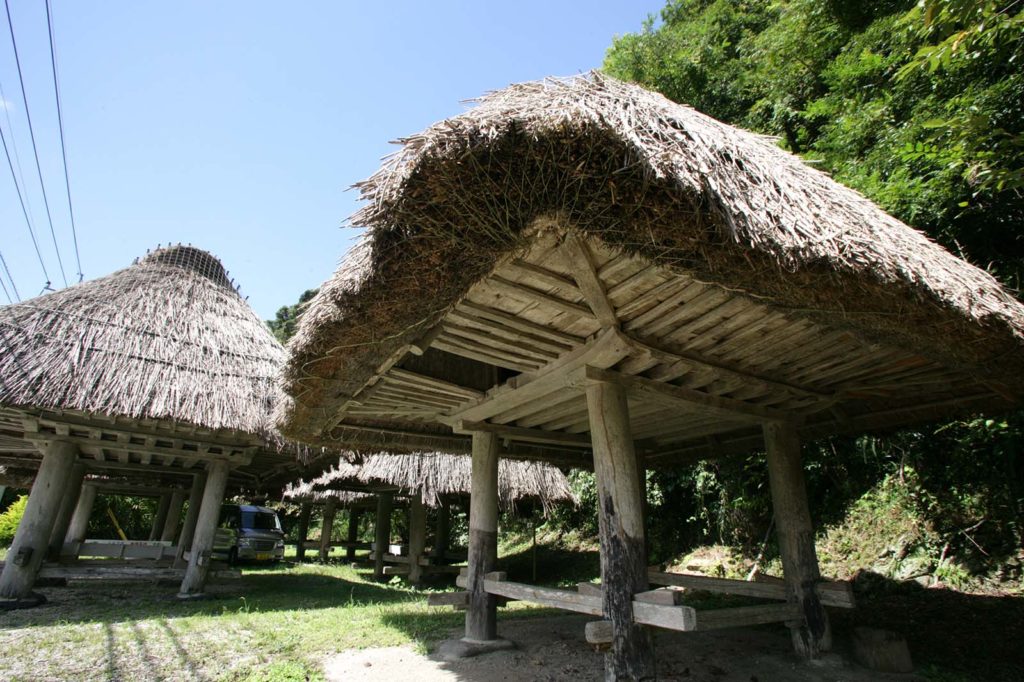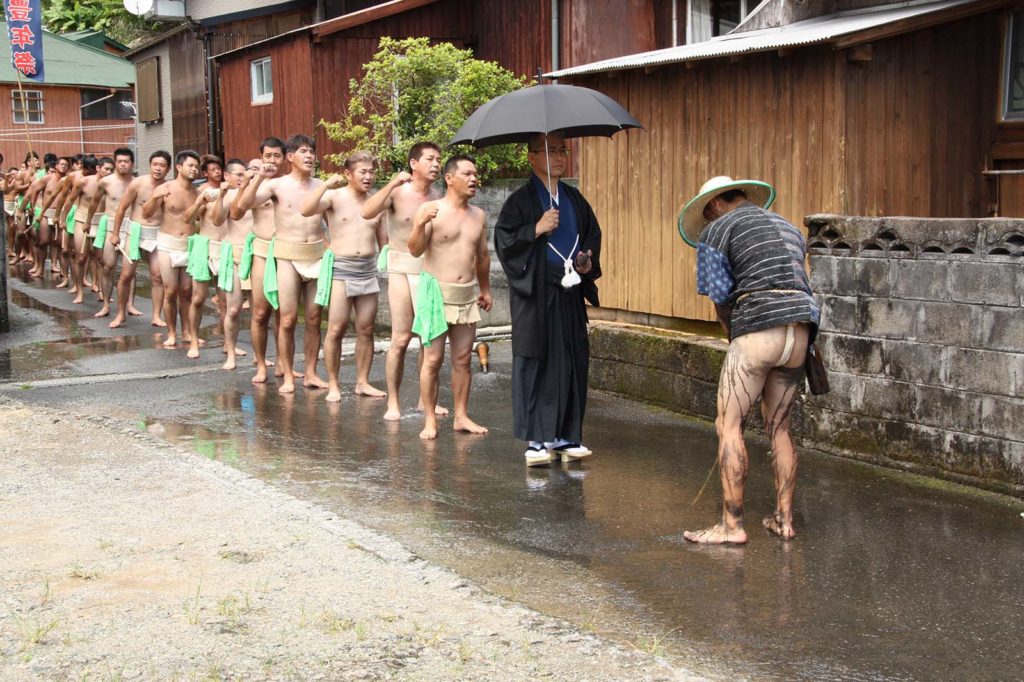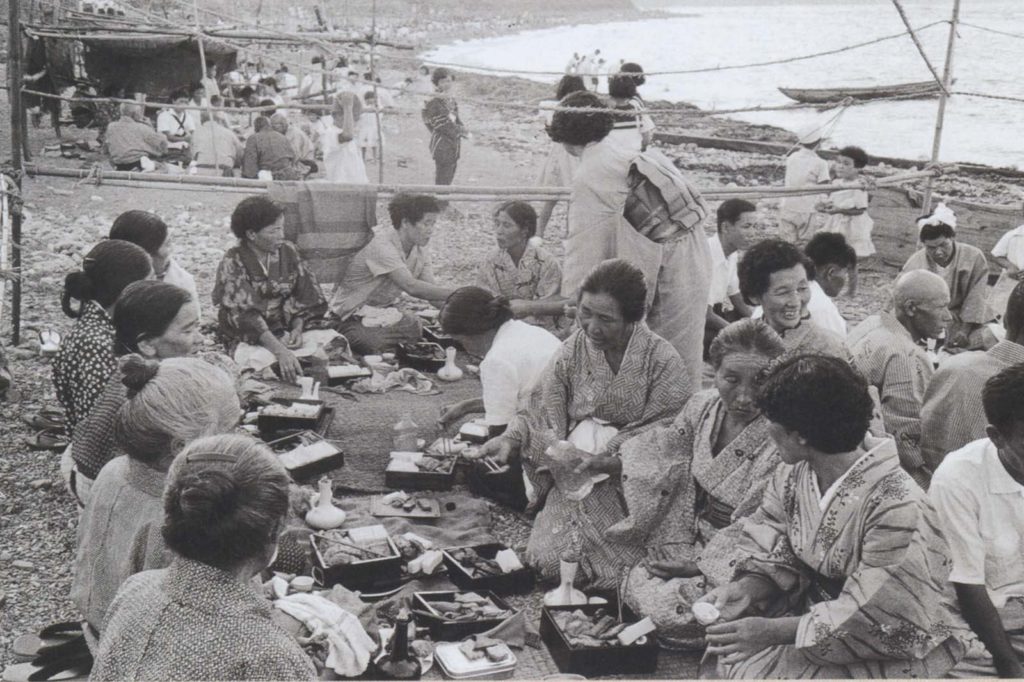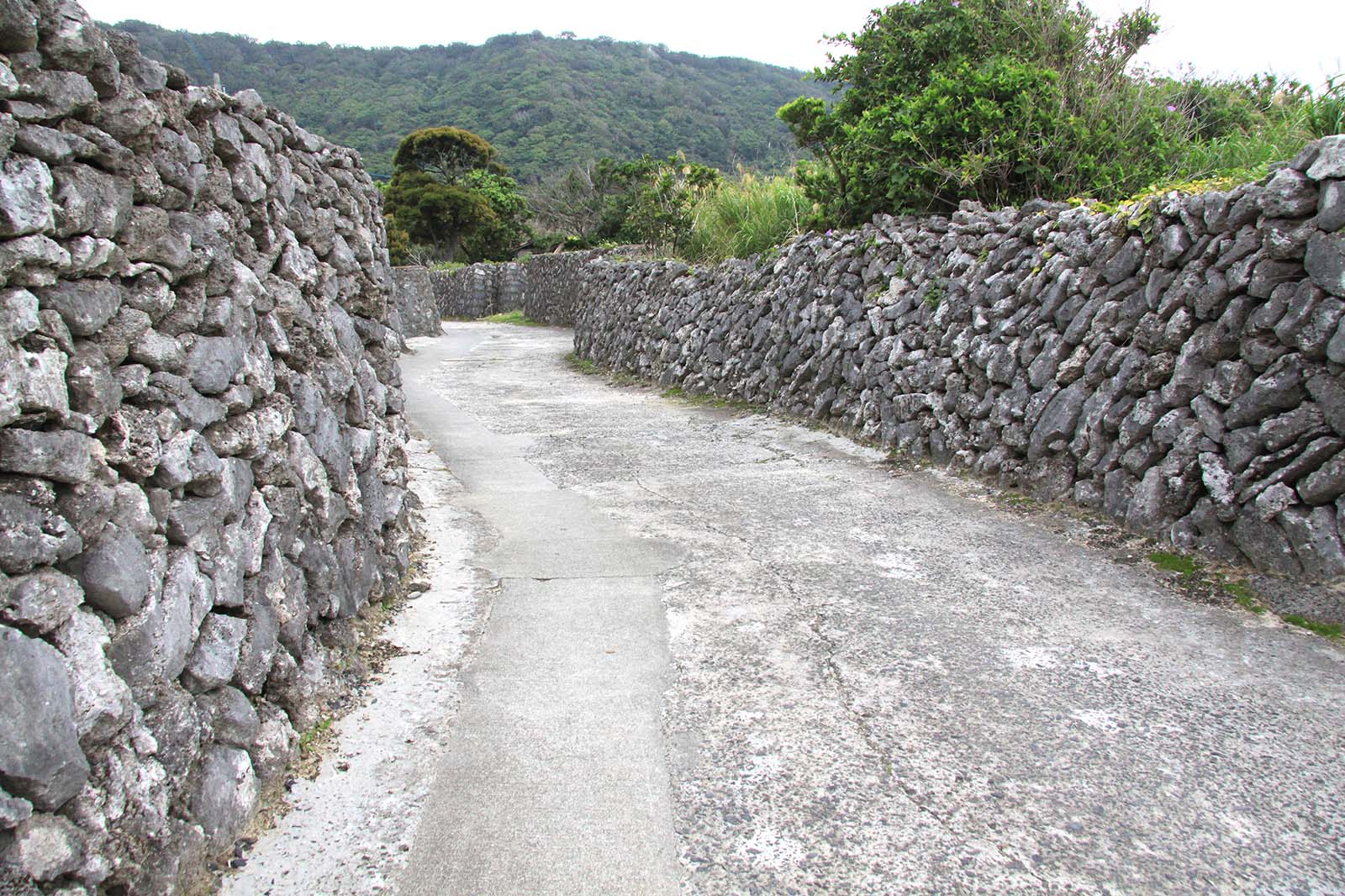
Unique Culture
Fossil Coral Walls
In the Southwest Islands, there were many fossil coral walls constructed to surround the houses to protect them from storm surge and wind in typhoons and other squalls. Now that coral collection is prohibited, and Habu pit vipers are found living in the gaps of the coral stone walls, many of these are replaced with concrete block walls. But the stone walls of the coral are very airy and illustrative of a culture where the wisdom of the ancestors who live in harmony with nature can be found.
The island of Kikai is known as an island where many fossil coral walls still remain. The abundance of easy-to-process coral stones and the lack of Habu pit vipers are likely reasons for this.
Kikaijima features various styles of stone walls, such as the natural stone stacks in which coral reef from the coast was stacked in its natural state, the Ryukyu culture’s hinpun (a partition built in the middle of a gate entrance for concealment and to ward off magic), and the coral stone walls formed without gaps influenced by the military family Home in Kagoshima. It is believed that fossil coral walls were not only wind and storm protection, but also a status symbol of the house.

Aden village still has fossil coral walls (Kikaijima)

Hinpun fossil coral walls are Ryukyu culture (Kikaijima)
The coastal area of Aden village still boasts a fairly high traditional fossil coral wall and is one of the cultural landscapes symbiotically integrated with nature in the Amami Islands National Park.
There are many fossil coral walls on the Amami Oshima islands of Kakeromajima, Ukejima and Yorojima. The fossil coral wall view on Yorojima was selected as one of the “100 Treasures of the Islands (Ministry of Land, Infrastructure and Transport)” in fiscal 2008.
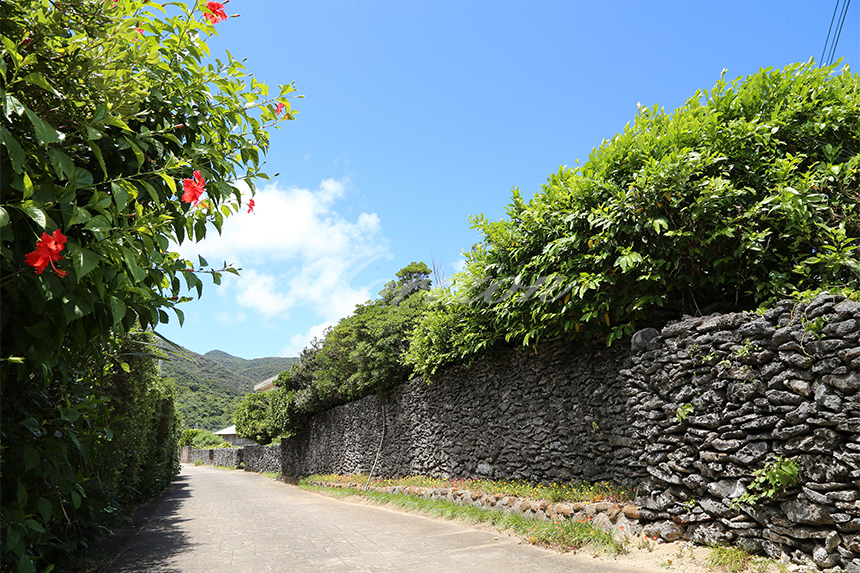
View of fossil coral wall on Yorojima (Amami Oshima)
Photo and captions / Kouichi Kitajima and HORIZON Editorial Office

